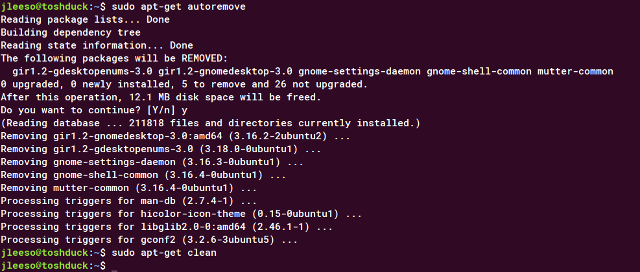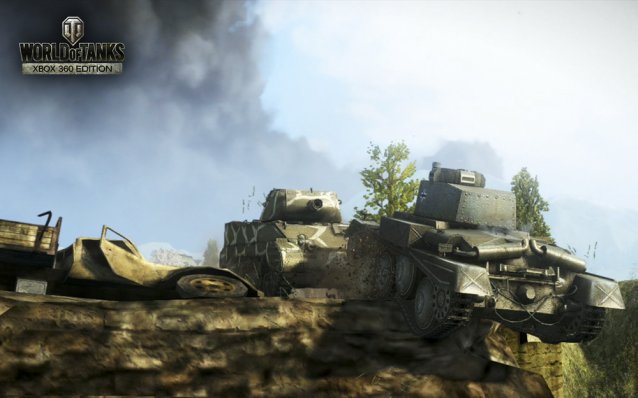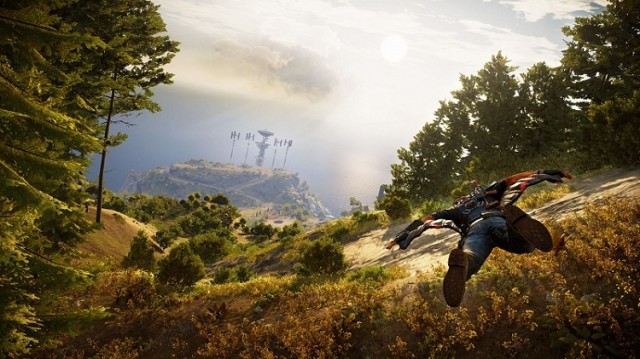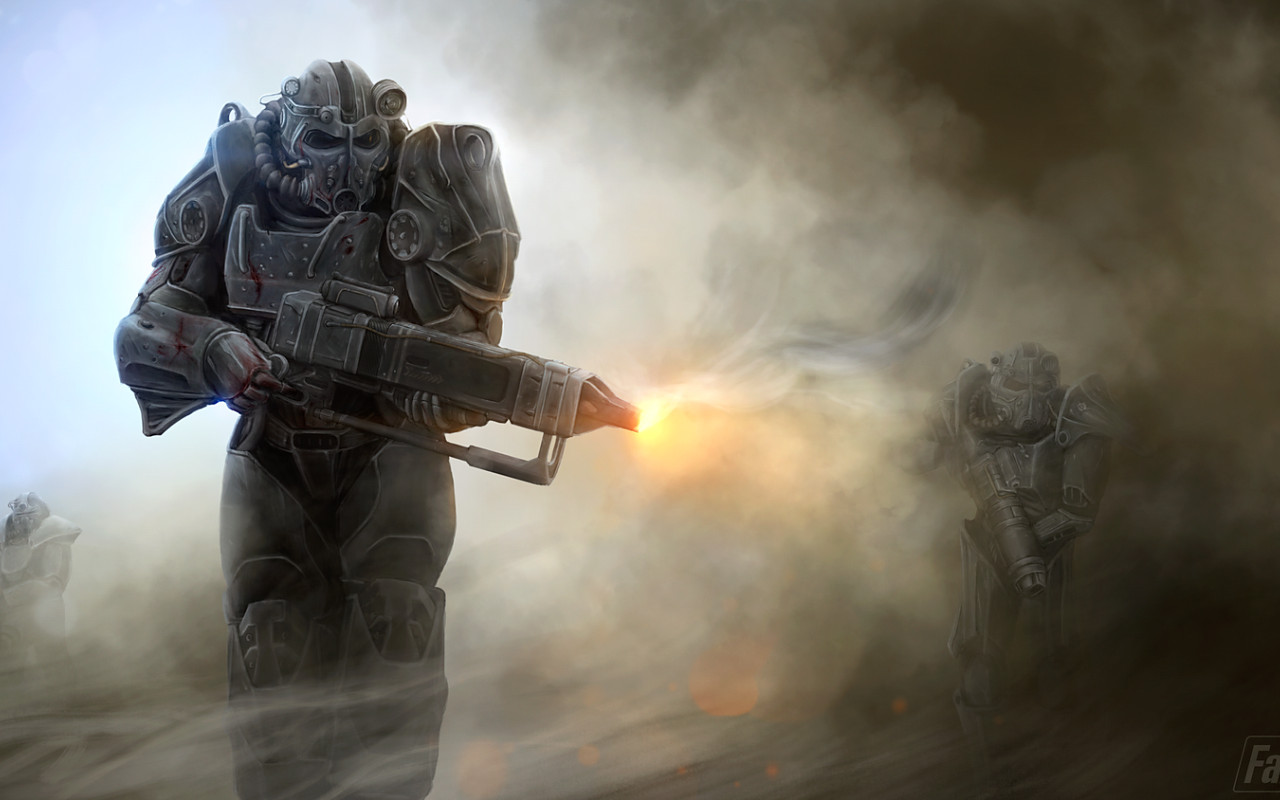

If it ain’t broke, don’t fix it. That old saying has been put to different uses in modern gaming – embraced by those churning out formulaic hits, while being ignored completely by those seeking to ‘update’ or ‘improve’ beloved classics (an re-sell them to a brand new audience). But in the field of HD remixes or remakes, Grim Fandango Remastered is an entirely different animal – for better, and potentially, for worse.
Thanks to the strange trials and drama that have plagued LucasArts for years, games like Grim Fandango – hailed at the time as the pinnacle of classic adventure gaming – were simply unable to be played by those who missed out on them the first time (legally, anyway). It’s that problem that Double Fine has tackled with this remaster, keeping the original game intact instead of returning to the drawing board. But as with any decision based on preservation, it comes with a few tough calls.
The seventeen years that have passed since Grim‘s launch mean a little explanation is needed; the game’s title is clearly built to last in any gamer’s memory, but what made it so successful to begin with? For starters, the premise is one that only the singular mind of Double Fine’s Tim Schafer could dream up: the player takes control of Manuel “Manny” Calavera, a travel agent in the 8th Underworld who is tasked with guiding (read: selling) souls on their premium passage to their final destination.
When professional rivalry turns into suspicion of corruption – and a virtous (dead) woman is left in the lurch – Manny sets off on an investigation riddled with classic adventure game puzzles and problem-solving, and drawn in the image of noir classics like Casablanca and The Maltese Falcon. Except everyone is dead.
With a story and cast that inherently intriguing, the developers were wise to keep as much of it as possible intact. For many, the means by which Schafer’s team ‘updated’ the game’s assets will be downright perfect: re-recorded much of the stirring jazz and ambient score with a full orchestra, and only improving the character models (and the lighting effects applied to them). Since the majority of the game’s backgrounds were drawn from 3D objects, the graphics, while clearly dated, send a complicated message – that players are experiencing a revised version of a game almost two decades old – perfectly clearly.
Players can swap between the Original and Remastered graphics at any time, meaning the often unimpressive changes to all but the characters will underwhelm many. But, just like the maintained 4:3 aspect ratio (the stretched 16:9 ratio is not advised), the goal here was to make Grim accessible to those who sought it out, not remake a game already acclaimed in its first incarnation.
In terms of the gameplay, the remaster changes surprisingly little, if we’re honest. There is no autosave feature enabled (warning players of the risks), but the ‘tank controls’ governing Manny’s movements have been tweaked, with a new camera-relative scheme, and a point-and-click adventure style added. Little else is changed, be it a Tutorial, Inventory updates, or even on-screen clues. That commitment to the game’s origins is unquestionably Grim‘s biggest strength, and the most problematic drawback for newcomers.
Modern fans of adventure games may look to The Walking Dead and the rest of Telltale’s offerings as the descendant of LucasArts’ way of thinking, and with good cause. But those modern adventures have hit mainstream success for a reason, and once players have hit their third or fourth dead end trying to move Manny’s story forward, they’ll learn it for themselves. Simply put: Grim Fandango is as opaque and unsympathetic as adventure games can get.
Hopefully, players can accept that Grim is simply not of this era of adventure games, and be prepared to search out walkthroughs or puzzle solutions before frustration sours the experience. Eventually seeing how truly disparate and unintuitive solutions can be will clue savvy players in to the game’s unique logic (when in doubt, collect and combine every possible item in every possible way).
It is a risky decision to not add a Hint system to the game, but again, the original possessed none either (and to those who balk at the notion, similar changes were implemented with other LucasArts updates, like The Secret of Monkey Island). Thankfully, the presence of developer commentary can help fill the confused silence with anecdotes and insights into game development sure to please veteran Grim fans and new players.
In the end, it’s the characters, the environments, the music, the writing, and even the unpredictable puzzles blocking progress that give Grim Fandango its winning identity. New audiences may struggle to turn back the clock and enjoy all its challenges, but if the choice was between preserving a relic and modifying it into a hit, then Double Fine made the right call.
Grim Fandango Remastered is available now for the PC, Mac, Linux, PS4 and PS Vita. We played the PC version.




 How to Instantly Free Up Spare Disk Space on Linux
How to Instantly Free Up Spare Disk Space on Linux E3 2013: World of Tanks is Headed to Xbox Live
E3 2013: World of Tanks is Headed to Xbox Live How to fix Pro Evolution Soccer 2015 PC DLL Error, Low FPS Issue, Crashes, Controller Issue and more
How to fix Pro Evolution Soccer 2015 PC DLL Error, Low FPS Issue, Crashes, Controller Issue and more Just Cause 3: How to Fix Logging in, FPS drops and Performance Issues
Just Cause 3: How to Fix Logging in, FPS drops and Performance Issues Fallout 4 Mission Guide: Cleansing the...
Fallout 4 Mission Guide: Cleansing the...